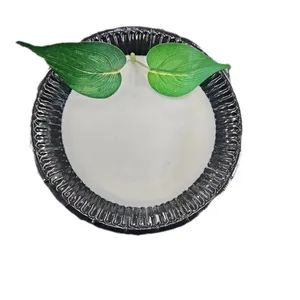
Sodium Polyacrylate SAP Small Non Woven Ice Pack Raw Material Super Absorbent Polymer For Gel Ice Pack


High Level Sodium Polyacrylate Powder Manufacturer Gel Strength Raw Materials Super Absorbent Polymer For Diaper Pad





















Within the textile industry, absorbent gel materials play a pivotal role in enhancing the quality and functionality of fabric products. These materials are integral in the manufacturing process, often applied in the final stages to ensure the end product meets the desired standards of comfort and durability.
Superabsorbent polymers (SAP) are a common type of absorbent gel materials, primarily composed of polyacrylate compounds. These polymers are known for their incredible ability to absorb and retain large volumes of liquid relative to their own mass. Water-retaining gels, another variant, are specifically designed to hold substantial amounts of water, which is particularly beneficial in products such as agricultural mats or hygiene products.
The application of absorbent gels in textiles varies from enhancing the tactile qualities of clothing to improving the functional aspects of industrial fabrics. In clothing, these materials contribute to a softer feel and provide the fabric with a plushier texture, which is essential for comfort wear. For industrial applications, the gel materials can increase the tensile strength of yarns, making the fabrics more durable and suitable for rigorous use.
One of the key features of absorbent gel materials is their water solubility, which simplifies the dilution process for safe application. Their compatibility with various synthetic fabrics, such as polyester and nylon, makes them versatile for use in a wide range of textile products. Opting for these materials can be a more cost-effective and safer alternative to traditional fabric treatment options, such as silicone oils and bleaching agents.
Proper handling and storage of absorbent gel materials are crucial to maintain their efficacy. Suppliers often provide these materials in sealed containers to minimize exposure to air and moisture, which could compromise their quality. It is recommended to store these materials in a dry and cool environment to prolong their shelf life, ensuring that they remain effective for future use in textile production.
Selecting the appropriate supplier for absorbent gel materials is essential for maintaining a steady production line. It is important to consider the purity and pH levels of the gels to prevent any potential contamination or damage to the fabrics. Suppliers should offer robust packaging to prevent leaks and ensure the materials arrive in optimal condition. Bulk purchasing options are available for maintaining an efficient supply chain for long-term manufacturing needs.
By integrating absorbent gels into the textile manufacturing process, producers can significantly enhance the quality and performance of their fabric products, ensuring they meet the expectations of their diverse clientele.